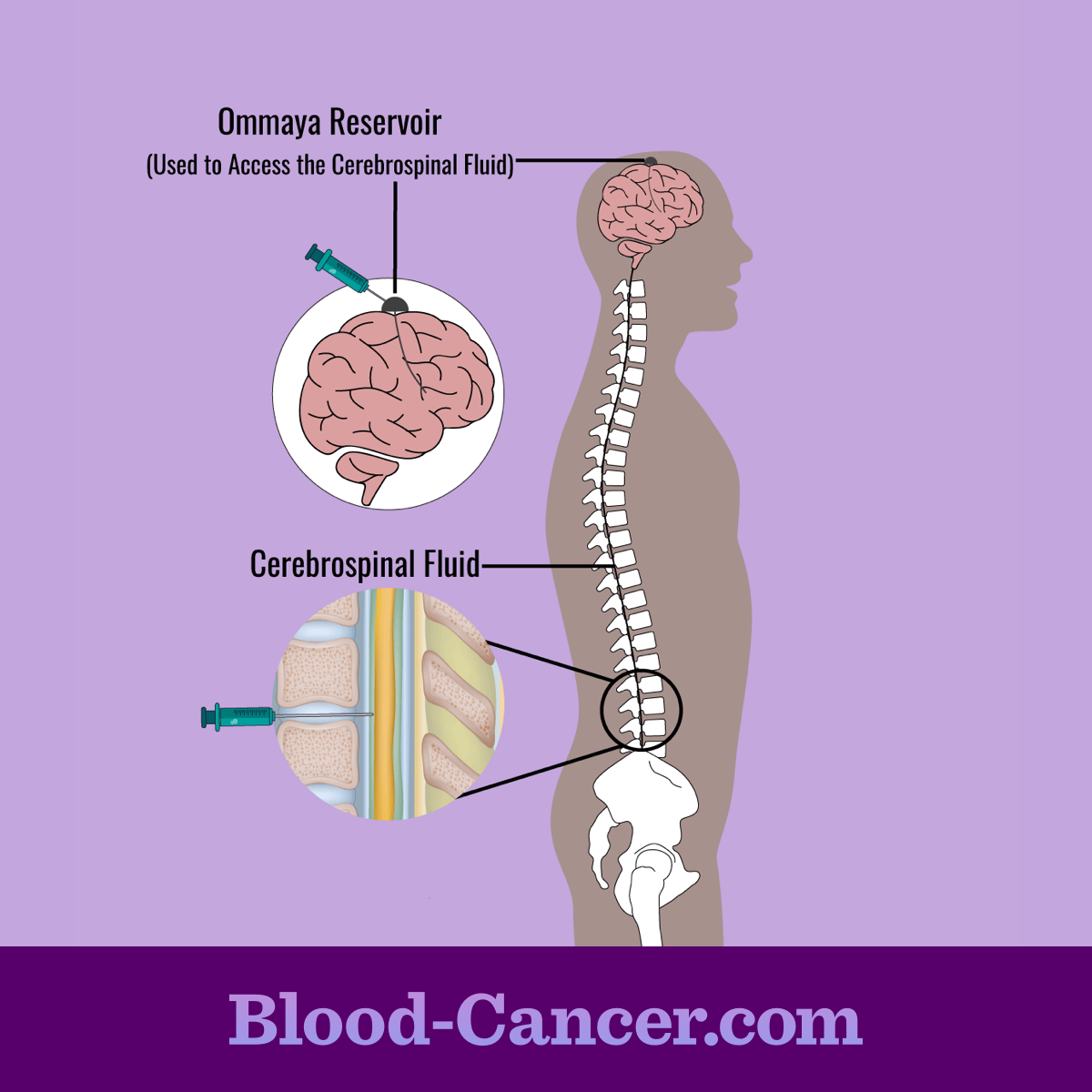Treating Lymphoma in Children
Reviewed by: HU Medical Review Board | Last reviewed: June 2024 | Last updated: June 2024
Lymphoma is one of the most common cancers in children. Lymphoma that occurs in children is often different from cancers in adults. Cancers like lymphoma tend to be more aggressive in children than adults. But they generally respond well to treatment.1,2
Children typically are able to better handle stronger, more intense chemotherapy courses than adults. More children are now surviving cancers like lymphoma than ever before.1,2
There are 2 major types of lymphoma:3
- Hodgkin lymphoma (also called Hodgkin disease) – Accounts for about 3 percent of all childhood cancers. It is more common among young adults (usually in their 20s) and older adults (after age 55).
- Non-Hodgkin lymphoma (NHL) – Accounts for about 5 percent of all childhood cancers
Types of treatment for childhood lymphoma
Several types of therapies may be used to treat lymphoma in children, including:4-6
- Chemotherapy
- Stem cell transplant
- Targeted therapy
- Radiation therapy
- Immunotherapy
- Surgery
- Phototherapy
- Steroids
Chemotherapy
Chemotherapy is the use of powerful drugs to slow or stop the growth of cancer cells. Chemotherapy may be used to treat cancer alone or in combination with other drugs, radiation, or surgery.4,5
Chemotherapy drugs target fast-growing cancer cells. But they can also target other fast-growing cells in the body. Examples include cells in the gut and hair.4,5
How chemotherapy drugs are delivered depends on the type of lymphoma and how it affects the body. Some drugs are given by mouth, while others are injected into a vein or muscle. Chemotherapy may also be injected into an organ or the abdomen.4,5
When lymphoma affects the brain or spinal cord, chemotherapy may be injected into the space around the spinal cord and brain. This is called intrathecal chemotherapy (as shown below).4,5
Figure 1. Intrathecal chemotherapy
Stem cell transplants
Stem cell transplants can be used along with high doses of chemotherapy. The chemotherapy destroys cancer cells but can also damage healthy blood cells. The transplant of stem cells (immature cells that can become new blood cells) can help restore healthy bone marrow.4,5
Stem cells may be gathered from the person before chemotherapy. This is called an autologous transplant. Or the stem cells may be given by a donor. This is called an allogeneic transplant. In both types, the stem cells are infused into the person's body after chemotherapy.4,5
Autologous stem cell transplants are generally more common in childhood lymphoma treatment. If an allogeneic stem cell transplant is done, the donor’s tissue type should match the child’s tissue type as closely as possible. Siblings or close relatives are often donors. However, the donor does not have to be related to the person getting the transplant.4,5
Targeted therapy
Targeted therapies stop or slow the spread of cancer. These treatments work by interrupting specific cell actions that cause cancer to grow or focusing on features that are unique to cancer cells. The advantage of targeted therapies is that they block cancer cell growth while attempting to minimize damage to healthy cells.4,5
Types of targeted therapy used to treat childhood lymphomas include:4,5
- Tyrosine kinase inhibitors (TKIs) – Target a specific protein found on certain cancer cells.
- Monoclonal antibodies – Identify and block cancer growth or destroy cancer cells. They may also be used to deliver chemotherapy drugs to cancer cells.
- Proteasome inhibitors – Block the action of proteasomes, which remove proteins inside cancer cells. Blocking the normal action of proteasomes allows these treatments to increase proteins in cancer cells and cause them to die.
Radiation therapy
Radiation therapy uses high-energy radiation. It may be used in certain cases of childhood lymphoma. Radiation may also be used in preparation for a stem cell transplant.4,5
Immunotherapy
Immunotherapy helps boost the body's immune system to fight cancer. Immunotherapies approved to treat some forms of lymphoma in children include certain immune checkpoint inhibitors.5
Surgery
Surgery may be used to remove tumors in certain cases of lymphoma.5
Phototherapy
Phototherapy uses a drug and a type of laser light to destroy cancer cells. The drug is injected into a vein and becomes active when the laser light is shined on the skin. Phototherapy may be used to treat some people with a type of NHL called cutaneous T-cell lymphoma.4
Steroids
Your child’s doctor may suggest steroids to treat NHL. They are often taken with chemotherapy. Research shows that steroids can boost the effects of chemotherapy. Steroids come in tablet form or as an injection.6
Clinical trials
New treatments are studied in clinical trials. Researchers look at whether the treatments are safe and effective. People who participate in clinical trials can get the latest treatments under the close watch of doctors.7
Talk to your doctor or visit ClinicalTrials.gov to learn more. Your doctor can help you decide if a clinical trial may be right for you.7
